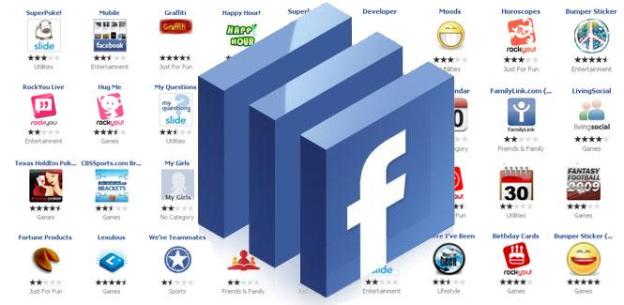
Don’t you love that feeling when you open Facebook or the mobile app to see that the world is lit up? The little red box catches your eye telling you how many people love you and how many new photos you look great in? Get ready for that feeling to change; Facebook announced on their blog Friday a new way for application developers to get your attention with the Notifications API.
The API has been tested and is now entering beta. It provides developers with the coding capabilities to send personalized messages to you through your Notifications. These notifications could be in response to specific actions taken by you or your friends who are users of the app, or they could just be general messages with a more personal feel. Any application that you’ve authorized can use the API to communicate with you via your Notifications hub without requesting any additional permissions.
Apps also have the power refer to any other User ID that has authorized it, so your friends’ names may show up in your Notifications, and any app you have authorized can include your User ID in your friends’ notifications. Try to remember that when you decide to authorize the Match.com app.

The tone of Facebook’s announcement and the official documentation for the feature strongly encourage developers to focus on delivering users “high-quality app notifications.” In the API’s documentation, Facebook reminds app developers that users are still in control of the notifications they receive. By clicking the X in the notification, users have the ability to opt out of receiving notifications from a particular app. If the user makes the decision to opt out, they are then provided the opportunity to “Report app for spam.” The blog post informs developers that “Apps with exceedingly high turn off rates for notifications may be classified as spam and disabled.”
Facebook also introduced a Notifications Best Practices guide for app developers with the headline: “Quality Matters.” The guidelines make suggestions for appropriate use and provide guidelines for length and syntax of notifications.
To the end of delivering only highly effective notifications to users, an additional feature is debuting alongside the Notifications API in the Insights Dashboard (the page where developers can access analytics about their apps). Notifications analytics will be added under the Traffic category so that developers can see “data such as click to publish ratio, number of accepted and rejected notifications, in addition to your mark as spam rate.”

The focus on the user experience is welcome and if the recommendations are followed, they’ll benefit the app developers as well, with fewer spam reports and a way to interact on a personal level with users. With the existing ability to block notifications from certain groups and apps, along with the spam reporting features, Facebook seems to be making an earnest effort to balance user control over the content they’re sent and third parties’ ability to send it. Nevertheless, this will likely change the way we view new notifications — right now, they are essentially people-focused; bite-sized news about how our friends are interacting with us. Trying to introduce how our apps are interacting with us is a mental switch that isn’t likely to go over all that smoothly.
Editors' Recommendations
- What does a check mark mean on Facebook Messenger?
- How to create multiple profiles on a Facebook account
- Twitter begins rollout of new gray check marks only to abruptly remove them
- Reels are about to show up in yet another Facebook feature
- Instagram’s expanded blocking lets you block a person’s backup accounts

